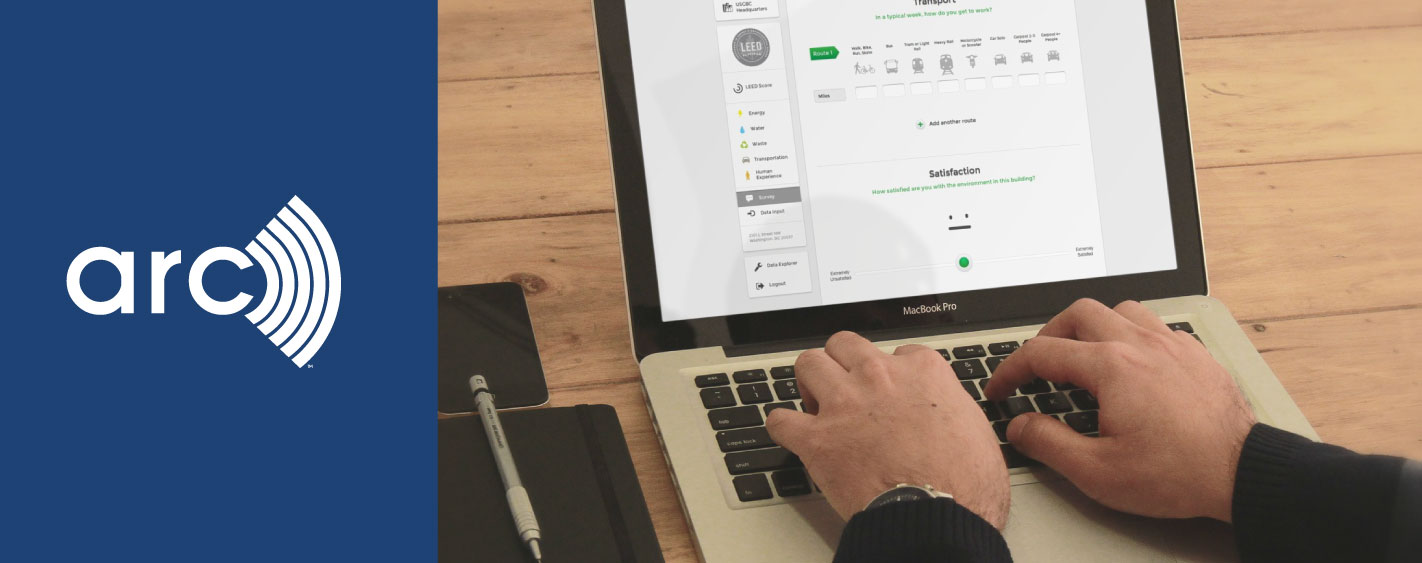
Myth 1: Green Building Is Only to Save The Environment
While green building does help the environment by reducing carbon, water, energy and waste, human health is a longstanding value of the green building movement. Green buildings help insure your employees, tenants and even students are living, working and learning in healthy spaces.
As businesses, schools and other buildings around the world start to re-enter their spaces in the wake of the global COVID-19 pandemic, Arc has created a set of resources to assist owners and facility managers with re-entering their buildings and facilities with Arc Re-Entry. Arc Re-Entry is a set of tools that can be used to document and benchmark infection-control policies and procedures, to collect and analyze related occupant experiences and to measure and track indoor air quality. Learn more about Arc Re-Entry here.
Myth 2: Green Building Isn’t a Good Investment
There have been numerous studies on the paybacks of green building, but how can you evaluate the financial impact and life cycle costs of improvements to your asset specifically? Some improvements may be significant cost expenditures, some may be low cost but, in any case, you want to not only improve your performance but your bottom line. Arc can help you analyze and quantify not just the environmental impacts of project performance, but the financial impacts with our new financial impact tools powered by Autocase.
Arc’s financial impact tools will help you prioritize investment based on life-cycle cost analysis and total cost of ownership in dollar-denominated financial impacts. The life cycle cost analysis goes beyond ‘first cost thinking’ – instead factoring in the total cost of ownership of design decisions. It includes the initial cost plus the future costs of the asset like operational costs (e.g. utilities), maintenance costs, repair and replacement.
But that’s not all – Arc’s financial impact tools will also calculate the social and environmental impacts of your expenditures in one convenient report. The reports outline the costs and benefits incurred during a project to empower the project owner and other stakeholders such as investors to feel confident in their expenditures and protect their bottom line.
Myth 3: Green Building Certifications Are Required to be “Green”
While the payback of green building certifications has been well documented, not all projects can achieve a certification or they may need to recognize performance and leadership prior to achieving a full certification.
Arc offers Performance Certificates to allow you to receive recognition in any of the five Arc and LEED v4.1 O+M performance categories for the efforts you’re making without applying for full certification. Performance certificates identify an incremental pathway toward LEED v4.1 O+M certification by working on one category at a time and provide a simple way to establish milestones and communicate achievements. You’ll also receive official recognition of your improvement overtime with the Arc Improvement Score. The Arc Improvement Score is a measure of change between the baseline and the performance period using two-years of operational performance data. Arc Performance Certificates are also suitable for a variety of purposes, including display to tenants, communication with management and submission to GRESB.
Myth 4: Understanding Green Building Performance is Only for Green Building Professionals
Arc has been designed to empower users no matter their background to measure and score operational performance for any space, building or portfolio. Arc is used by students, facility managers, building operators and owners in addition to green building professionals. Our flexible data entry options, intuitive interface and integrations with partner technology companies and tools such as ENERGY STAR Portfolio Manager® make it easy to populate data and generate a scores. Detailed reports and key performance metrics are provided to be instantly exportable to help all users understand and communicate building performance to building occupants and stakeholders.
